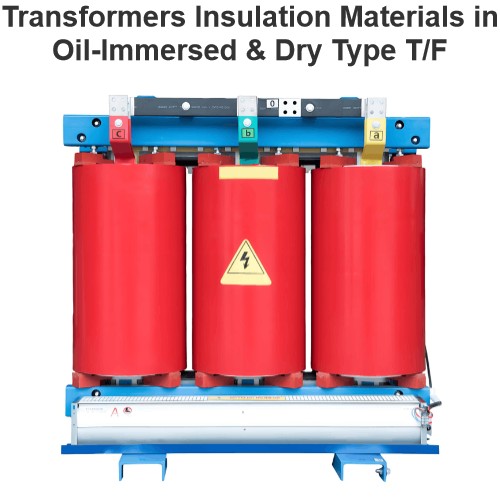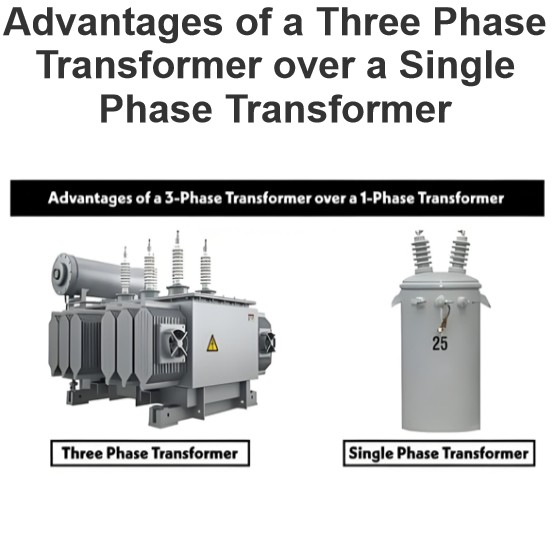How is the rotating magnetic field produced in the stator?
The principle of generating a rotating magnetic field in the stator
In an electric motor, the rotating magnetic field within the stator is generated through a specific process that involves fundamental principles of electromagnetism. Here's a detailed explanation:
Basic Principles
The generation of a rotating magnetic field primarily relies on three-phase alternating current and the configuration of three-phase windings. Specifically, when three-phase alternating current is applied to the three-phase windings on the stator (these windings are spaced 120° apart in electrical angle in space), a rotating magnetic field is produced between the stator and the rotor. This process can be understood through the following steps:
Introduction of three-phase alternating current
Firstly, three-phase alternating current is introduced into the three-phase stator windings. These three phases of alternating current have the same frequency but a phase difference of 120° between them. This phase difference ensures that the current changes do not occur simultaneously in all windings but rather alternate in sequence.
The Formation of Magnetic Fields and Rotation
When current flows through the windings, it generates a magnetic field around them. Due to the phase difference in three-phase currents, these magnetic fields are not static but move through space over time. Specifically, when the current in one winding reaches its peak, the currents in the other two windings are at different stages (for example, one is near zero and the other is approaching the peak). These changes in current cause the direction and strength of the magnetic field to change continuously in space, forming a rotating magnetic field.
The direction of the rotating magnetic field
The direction of the rotating magnetic field depends on the phase sequence of the three-phase current. If the three-phase current changes in the order of U-V-W, the resulting rotating magnetic field will rotate clockwise in space. Conversely, if the current sequence of any two phases of the winding is interchanged (for example, becoming U-W-V), the rotating magnetic field will rotate counterclockwise.
Factors
The speed of the rotating magnetic field is not only related to the frequency of the current but also to the number of pole pairs. For a two-pole motor, the rotational speed of the magnetic field is equal to the rate of change of the three-phase alternating current. For a four-pole motor, however, the speed of the rotating magnetic field is halved.
Summary
In summary, the rotating magnetic field in the stator is achieved by supplying three-phase AC current with a 120° phase difference to the three-phase windings. This configuration enables the magnetic field to move continuously in space, forming a rotating magnetic field. By adjusting the phase sequence of the current, the direction of the rotating magnetic field can be changed; and by changing the frequency of the current or the number of magnetic pole pairs, the speed of the rotating magnetic field can be regulated. This principle is widely used in various types of electric motors, including three-phase induction motors and synchronous motors.
The Electricity Encyclopedia is dedicated to accelerating the dissemination and application of electricity knowledge and adding impetus to the development and innovation of the electricity industry.













